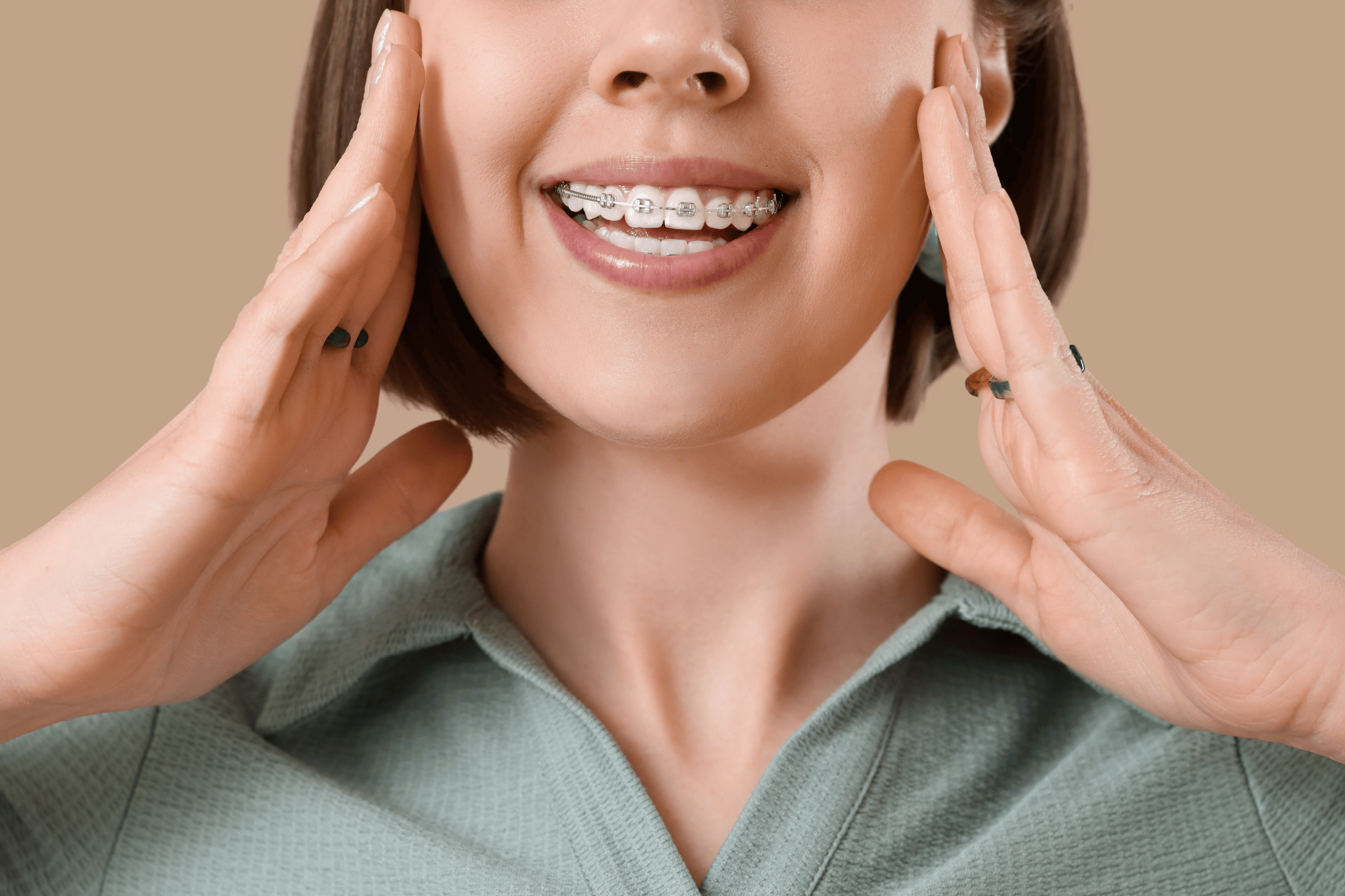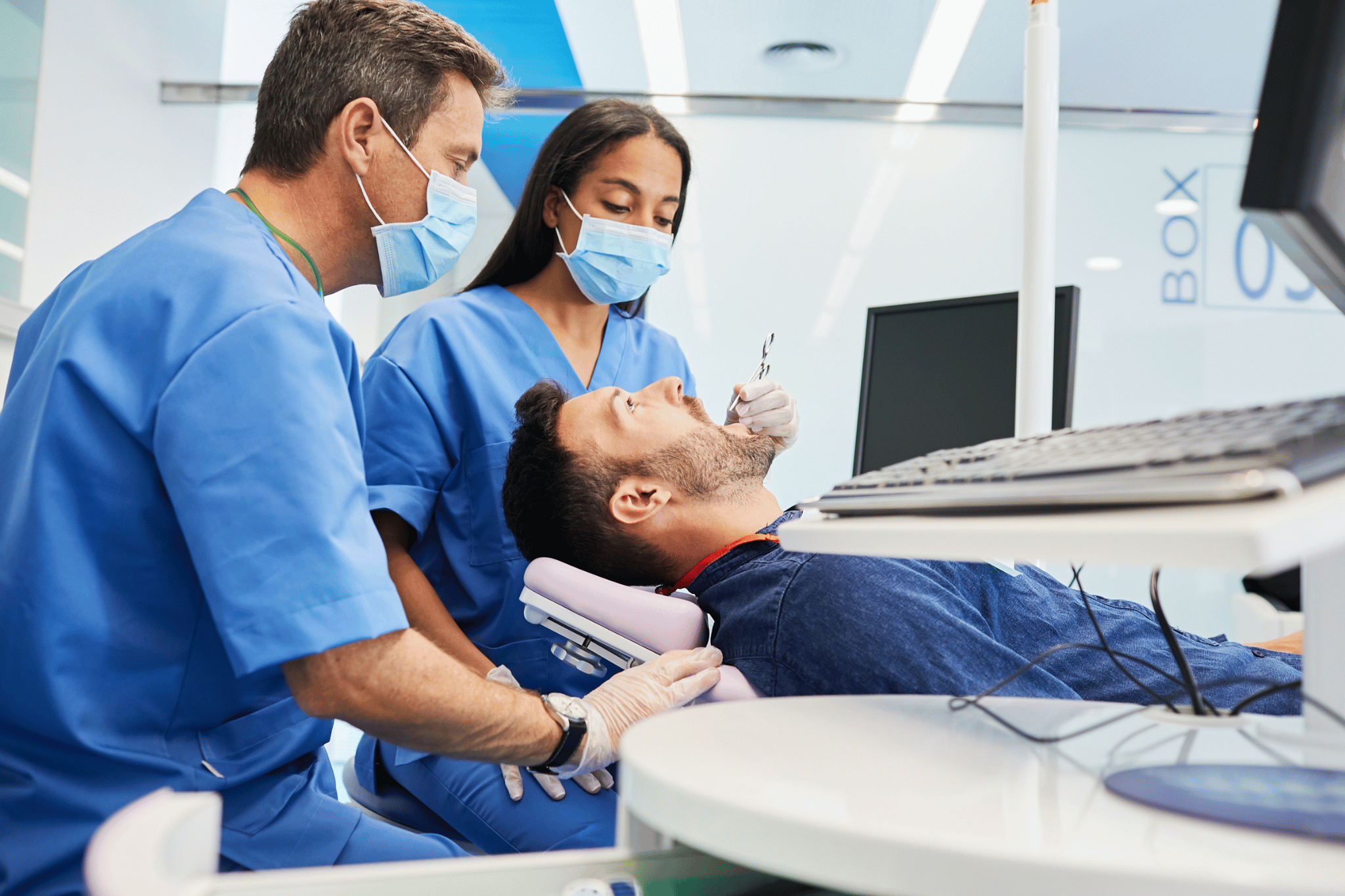Braces for Adults: A Comprehensive Guide
Adult braces have become increasingly popular as more people recognize that it's never too late to achieve a straighter, healthier smile. Unlike childhood orthodontics, which focuses primarily on guiding the development of teeth and jaws, adult orthodontics addresses the unique challenges and considerations that come with mature dental structures and established lifestyles.
The treatment process for adults differs significantly from that of younger patients. Adult teeth and bones have finished developing, which can affect treatment duration and approach. Additionally, adults often have existing dental work, different aesthetic preferences, and professional considerations that influence their orthodontic choices.
Getting braces as an adult requires careful planning and realistic expectations, but the results can be life-changing for both oral health and confidence.
Why Adults Choose Dental Braces
Adults seek orthodontic treatment for various reasons that often differ from those of teenagers. Braces for adults can address issues that weren't treated during childhood, either due to financial constraints, lack of access to orthodontic care, or simply because the problems weren't apparent at the time.
Cosmetic improvements are a significant motivation, since crooked teeth, gaps, or misaligned bites can impact everything from job interviews to social interactions.
Health considerations also drive the decision to pursue dental braces for adults. Misaligned teeth are harder to clean effectively, increasing the risk of tooth decay and gum disease. Bite problems can cause jaw pain, headaches, and uneven tooth wear that may require expensive dental work later in life. Improving alignment can enhance the effectiveness of hygiene and reduce long-term restorative needs.
Types of Dental Braces for Adults
Several orthodontic options are available for adults, each with distinct advantages and considerations.
Traditional Metal Braces
Traditional metal braces remain highly effective for a wide range of orthodontic cases, from simple to complex. Modern metal braces are smaller and more comfortable than their older counterparts, making them more suitable for adult patients. They are particularly effective for severe crowding, significant bite problems, and cases that require precise tooth movement.
Metal braces are often the most budget-friendly option; actual timelines depend on case complexity and appliance mechanics. While they're the most visible option, many adults find that the superior results justify the temporary aesthetic compromise.
Ceramic Braces
Ceramic braces function identically to metal braces, but they use tooth-colored or clear brackets that blend in with natural teeth. This makes them significantly less noticeable than traditional metal braces, which appeals to adults concerned about their professional appearance.
The trade-off for improved aesthetics includes a higher cost and slightly more maintenance. Ceramic brackets can stain if not properly cared for, and ceramic brackets are more fragile than metal brackets, requiring careful attention to diet and habits.
Lingual Braces
Lingual braces attach to the back surfaces of teeth, making them virtually invisible from the front. This option appeals to adults who want effective treatment without any visible orthodontic appliances.
However, lingual braces often require a more extended adjustment period. Speaking and eating may be more challenging initially, and they're typically more expensive than traditional options. Not all orthodontic cases are suitable for lingual treatment.
Clear Aligners as an Alternative
Clear aligners have revolutionized adult orthodontics by offering a nearly invisible, removable treatment option. These custom-made plastic trays gradually move teeth into the proper position while allowing normal eating and easier oral hygiene maintenance.
The lifestyle benefits of clear aligners are significant for busy people. There are no food restrictions, and the ability to remove aligners for important meetings or social events provides flexibility that traditional braces can't match. Comparing the treatment speed of clear aligners and traditional braces can help you make an informed decision about what’s right for you.
However, clear aligners aren't suitable for all orthodontic problems. Complex bite issues, severe crowding, or cases that require significant tooth rotation may necessitate traditional braces for optimal results.
What to Expect During the Adult Braces Process
Understanding the treatment process can help you prepare and set realistic expectations for your care.
Initial Consultation & Evaluation
The process begins with a comprehensive examination, including X-rays, photographs, and digital impressions or molds of your teeth. Your orthodontist will evaluate your bite, jaw alignment, and overall oral health to develop a customized treatment plan.
This evaluation phase is crucial for identifying any underlying dental issues that need to be addressed before orthodontic treatment begins. Adults often require preliminary work, such as fillings, cleanings, or treatment for gum disease.
Treatment Timeline
Adult orthodontics typically takes longer than treatment for teenagers. Adult teeth move more slowly due to their denser bone structure, and the average treatment time ranges from 18 to 36 months, depending on the case complexity.
Factors that may extend treatment duration include the severity of misalignment, age-related changes in bone density, and existing dental work that complicates tooth movement.
Regular orthodontic appointments are typically scheduled every 4–6 weeks (in some cases, appointments may be extended to 8–10 weeks) to monitor progress and make necessary adjustments. Consistency with appointments is crucial for staying on schedule.
Daily Care & Lifestyle Adjustments
Orthodontics for adults requires a significant focus on oral hygiene. Keeping teeth clean with braces becomes more challenging, but it is essential for preventing decay and gum disease during treatment.
Some people may experience initial discomfort, soreness, and speech changes that typically resolve within a few weeks. Understanding why braces hurt and how long discomfort lasts helps prepare for the adjustment period.
How Much Do Adult Braces Cost?
The cost of adult braces varies significantly based on treatment complexity, duration, and geographic location. Generally, metal braces are on the lower end compared to ceramic, lingual, and many aligner systems; lingual braces tend to be among the highest.
Complex cases requiring more extended treatment periods naturally cost more than simple alignment issues. People with existing dental work or those needing preliminary treatments should factor these additional costs into their budget. Your orthodontist can provide a case-specific estimate after evaluation.
Does Insurance Cover Adult Braces?
Many dental insurance plans offer limited coverage for adult orthodontics, typically with lifetime maximums that are significantly lower than the total cost of treatment. Some plans distinguish between medical necessity and cosmetic treatment, covering only cases with functional problems.
Alternative financing options include orthodontic payment plans, dental discount programs, and using Health Savings Accounts (HSAs) or Flexible Spending Accounts (FSAs) for tax-advantaged treatment payments.
Improving Your Smile With Adult Orthodontics
Pursuing orthodontic treatment as an adult is an investment in both oral health and quality of life. The benefits extend beyond aesthetics to include improved oral hygiene, reduced risk of dental problems, and enhanced self-confidence.
Knowing what to expect—timeline, adjustment visits, and simple comfort measures—helps the process go smoothly.
At Total Health Dental Care, our experienced team understands the unique considerations involved in adult orthodontics and offers comprehensive treatment options tailored to your lifestyle and goals.
FAQs About Adult Braces
Are there age limits for getting dental braces as an adult?
There's no upper age limit for orthodontic treatment as long as your teeth and gums are healthy. Adults in their 50s, 60s, and beyond can successfully undergo orthodontic treatment. The key factors are overall oral health and bone support for the teeth, rather than chronological age.
Can I get adult braces if I have crowns or missing teeth?
Yes, adults with existing dental work can often receive orthodontic treatment, though it requires careful planning. Crowns, bridges, and implants don't move like natural teeth, so treatment plans must account for these fixed restorations. Missing teeth may actually be beneficial in cases where space is needed for alignment.
Will I need to wear a retainer after adult braces?
Yes, retainer wear is essential after any orthodontic treatment, and it's particularly important for adults. Since adult teeth have a stronger tendency to shift back to their original positions, lifelong retainer wear is typically recommended. This normally involves wearing retainers every night to maintain the results.




